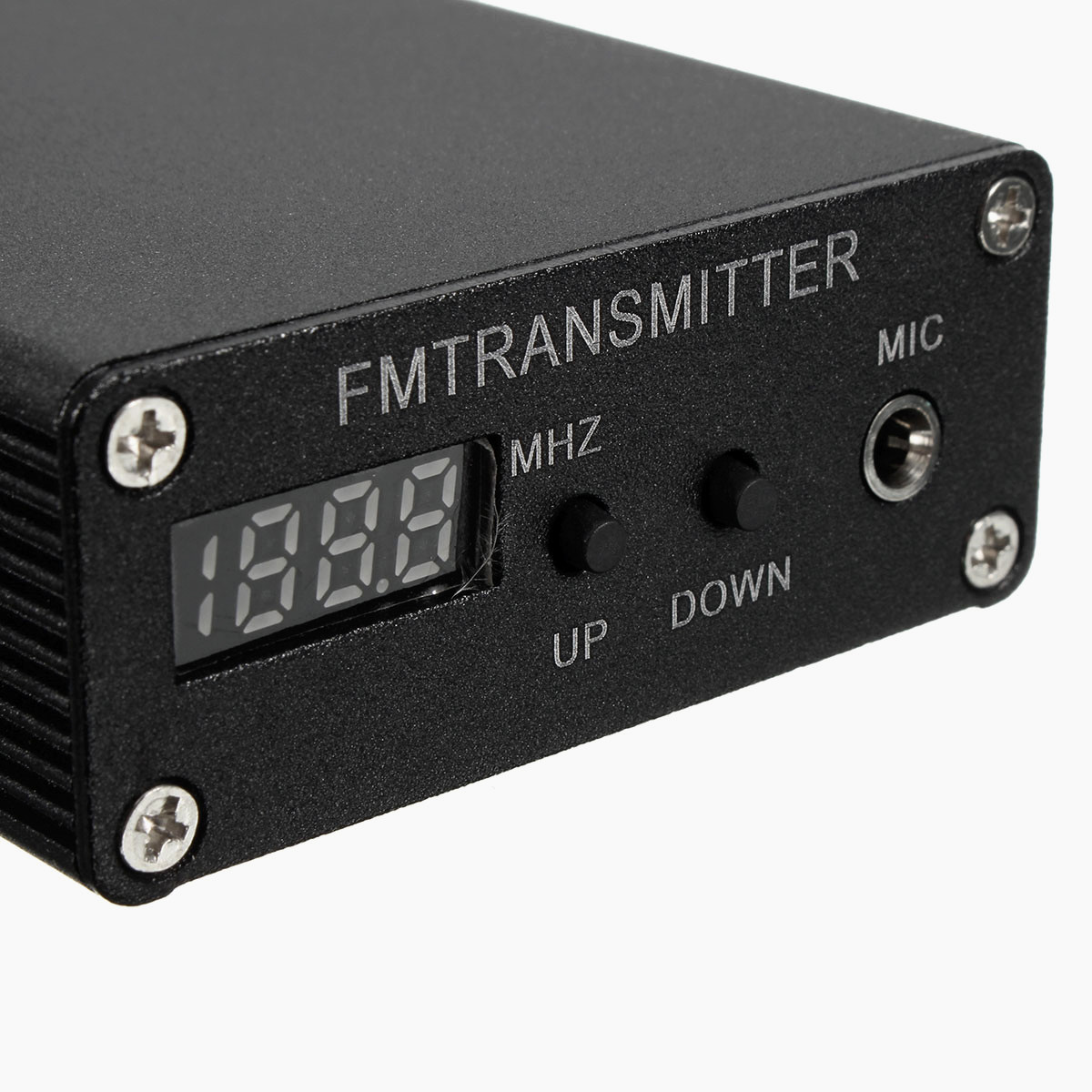In the realm of instrumentation, the concept of a transmitter emerges as a pivotal component, facilitating effective data transmission from one medium to another. At its core, a transmitter serves as an interface between the sensor and the display or processing unit, translating physical phenomena into readable signals. This translation is not merely a mechanical task; it embodies a complex interplay of physical principles and engineering prowess. The fascination surrounding transmitters transcends their functionality, often prompting observers to explore the intricate layers of technology that underlie this essential device.
Transmitter functionality can be broadly categorized based on the type of signal they generate. Analog transmitters, for instance, produce continuous signals that correspond to the physical parameters they measure, such as temperature, pressure, or flow rates. In contrast, digital transmitters convert these parameters into discrete signals, often enabling more robust data manipulation and transmission over long distances. The choice between analog and digital systems can significantly influence the accuracy, reliability, and efficiency of the data representation.
Central to the operation of any transmitter is the principle of signal conditioning. Prior to transmission, raw sensor data often requires amplification, filtering, or conversion. Amplification enhances the signal strength, ensuring that it can traverse long distances without degradation. Filtering, on the other hand, removes unwanted noise, enhancing the signal-to-noise ratio and leading to clearer representations of the measured phenomenon. The multiplexing technique, necessary in multi-sensor applications, allows multiple signals to be merged into a single transmission line, optimizing resource utilization and improving signal integrity.
One of the most critical specifications in a transmitter’s design is its range. The effective range is dictated by various factors, including the frequency of operation and the medium through which signals travel. In many industrial applications, the utilization of radio frequency (RF) transmitters is prevalent, taking advantage of electromagnetic wave propagation. The efficiency of these RF signals is often enhanced by line-of-sight transmission, necessitating strategic placement of transmitters and receivers to mitigate obstructions and ensure optimal data flow.
To deepen the understanding of transmitters, it is essential to examine their application across different industries. In the realm of environmental monitoring, transmitters collect data pertaining to atmospheric conditions, such as humidity and air quality. These data feeds become instrumental in climate studies and urban planning, showcasing the transmitter’s role in addressing pressing global challenges. Similarly, in the petrochemical industry, pressure and temperature transmitters are crucial for maintaining operational safety and efficiency, allowing real-time monitoring of hazardous environments.
The telecommunications industry leverages transmitters to facilitate communication over vast distances. Here, the intricacies of modulation techniques come to the fore, where the carrier wave is varied in amplitude, frequency, or phase to encode the information being transmitted. Understanding modulation methods—such as Frequency Shift Keying (FSK) or Phase Shift Keying (PSK)—can unveil further layers of complexity in transmitter functionality, revealing how engineers encapsulate vast amounts of information within minuscule signal variations.
Harmonizing with the technological evolution, wireless transmitters have gained prominence due to their flexibility and ease of installation. The advent of smart technologies has integrated transmitters into the Internet of Things (IoT), creating a network of interconnected devices capable of exchanging invaluable data. These innovations radiate not only convenience but also initiate discussions around data security, signal integrity, and the ethical implications of increased surveillance capabilities.
Despite advances in transmitter technology, challenges persist. One notable challenge is the phenomenon known as “multi-path propagation,” where signals reflect off surfaces and consequently interfere with one another, leading to data loss or corruption. Engineers are persistently investigating and developing solutions to mitigate these effects, often turning to algorithms and advanced signal processing techniques to enhance performance in complex environments.
Considering the future, the evolution of transmitters appears inexorable. Advancements in nanotechnology and materials science are paving the way for the miniaturization of transmitters, enhancing their efficiency and versatility. Emerging concepts such as quantum communication suggest the potential for transmitters to operate at unprecedented levels of security and speed. These innovations not only hint at a transformative future but also highlight the underlying curiosity that drives the field: a quest to bridge the gap between theoretical constructs and practical applications.
In summary, the transmitter in instrumentation encapsulates far more than merely the act of transmitting data. It represents the convergence of scientific principles, engineering advancements, and real-world applications that drive innovation across various sectors. As exploration into transmitter technology continues, the interplay between tangible phenomena and abstract concepts becomes a fertile ground for further inquiry, solidifying the transmitter as a cornerstone in the evolving landscape of instrumentation.










